Program Director: Stefanos Nikolaidis, Associate Professor
The USC Viterbi Master of Science in Applied Data Science will train students as data scientists. This degree provides students with the knowledge and skill to solve real-world world challenges that require a combination of data management and data analytics skills. Students will learn how to use the latest big-data infrastructures, such as Hadoop and Spark. They will learn how to use the various analytical tools, including machine learning, data mining and data visualization. And students will learn how to apply these tools to real-world problems.
This degree is designed for students with a range of backgrounds, but students are expected to have at least a strong math and science background to pursue this degree. Students that do not have much training in computer science will first learn the basics of data science, including data formats, tools and techniques. They learn how to build data processing programs in Python, and they will learn how to apply the latest analytical tools through hands-on homework and projects. Students with a computer science background will be able to jump directly into the more advanced data science courses including data management, machine learning, data mining and statistics for data science. Once students have completed the introductory and core courses, they are given a choice of electives to allow them to pursue their own interests within data science.
Applicants should have a bachelor’s degree from an accredited institution in any engineering or engineering-related discipline. We also accept applicants from majors including, but not limited to: Statistics, Mathematics, Computer Science, Information Systems, Economics, Information Technology, and Physics.
Prospective students will need to complete and submit:
- The USC Graduate Admission Application, along with:
- Electronic Transcripts
- Resume/CV
- Personal Statement
- Letters of Recommendation (2 Highly Recommended)
- English Proficiency Requirement (International Students Only)
- Financial Documentation (On-Campus International Students Only)
As of September 7, 2021, the GRE exam is not required.
Applicants interested in pursuing the MS in Applied Data Science online via DEN@Viterbi, please email DEN@Viterbi.usc.edu for more information.
The most up to date description of the program is in the USC Catalogue. Course descriptions are available here.
Total Units: 32
Core Courses (12 units):
- DSCI 551 Foundations of Data Management (4 units)
- DSCI 552 Machine Learning for Data Science (4 units)
- DSCI 553 Foundations and Applications of Data Mining (4 units)
Electives - Choose Five Courses (20 units):
- CSCI 544 Applied Natural Language Processing (4 units)
- CSCI 550 Advanced Data Stores (4 units)
- CSCI 551 Computer Networking (4 units)
- CSCI 561 Foundations of Artificial Intelligence (4 units)
- CSCI 566 Deep Learning and Its Applications (4 units)
- CSCI 567 Machine Learning (4 units)
- CSCI 570 Analysis of Algorithms (4 units)
- CSCI 571 Web Technologies (4 units)
- CSCI 572 Information Retrieval and Web Search Engines (4 units)
- CSCI 585 Database Systems (4 units)
- CSCI 587 Geospatial Information Management (4 units)
- DSCI 510 Principles of Programming for Data Science (4 units)
- DSCI 529 Security and Privacy (4 units)
- DSCI 531 Fairness in Artificial Intelligence (4 units)
- DSCI 549 Introduction to Computational Thinking and Data Science (4 units)
- DSCI 550 Data Science at Scale (4 units)
- DSCI 554 Information Visualization (4 units)
- DSCI 555 Interaction Design and Usability Testing (4 units)
- DSCI 556 User Experience Design and Strategy (4 units)
- DSCI 558 Building Knowledge Graphs (4 units)
- DSCI 560 Data Science Professional Practicum (4 units)
- DSCI 564 Probability and Statistics for Data Science (4 units)
- DSCI 599 Special Topics (1 - 8 units; 4 units of DSCI 599 required if chosen)
Notes:
- The fastest you may finish this program is in 4 semesters (2 academic years). Students may only take 2 courses per semester.
- Students with limited or no training in computer science should take DSCI 510, DSCI 549, and DSCI 550 before taking any other classes. New students will be contacted before the start of each semester with instructions on how to request these waivers and what materials will need to be submitted.
- DSCI 550 should be taken prior to or in parallel with DSCI 551 and prior to taking DSCI 552 and DSCI 553.
- Directed Research (CSCI/DSCI 590), Thesis courses (CSCI 594a, CSCI 594b, CSCI 594z), and Internship courses (ENGR 595a, ENGR 595b, ENGR 595z, ENGR 596) are not eligible for elective credit.
- A maximum of two CSCI electives can be applied toward the degree.


